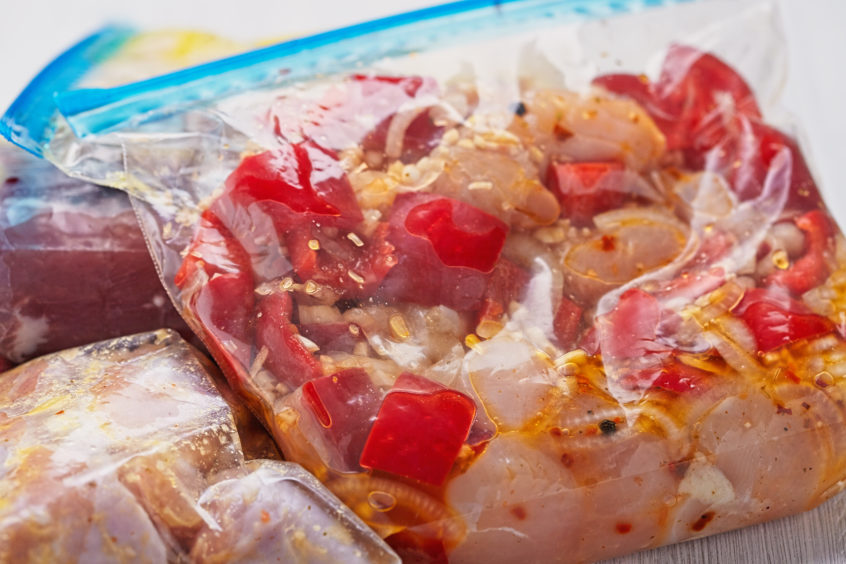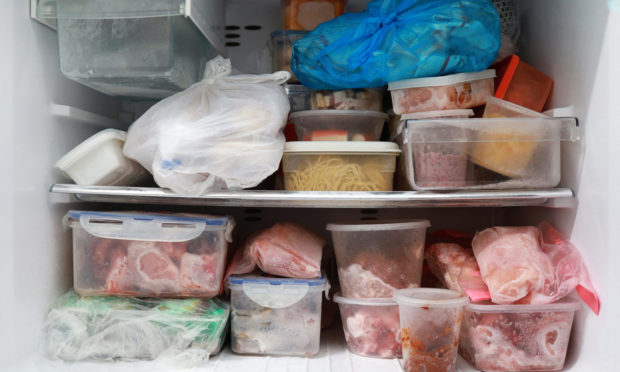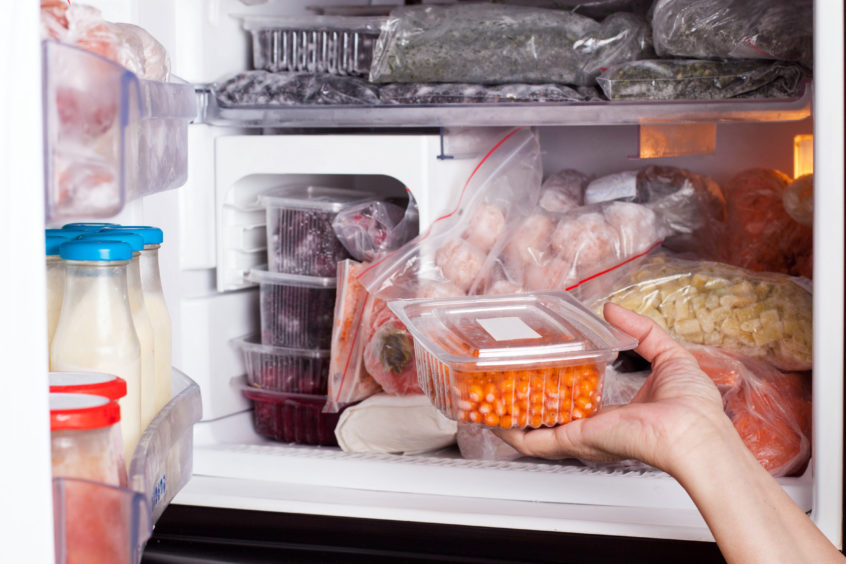Is your freezer full of ready meals, leftovers and some things you actually have no idea what they are? You’re not alone it seems…
More than one million households have food items in their fridge freezers that have been in there since 2015 or longer, a survey has revealed.
And one third (33%) of survey respondents admitted they have food items in their freezers that are well over a year old.
With 27.8 million households in the UK, if we extrapolate, that’s more than nine million households with food they froze at least 12 months ago, and in many cases much longer.
Secret stockpilers
A poll of 1,128 UK adults by home appliances insurer Prominense Support revealed that we were already a nation of secret stockpilers, long before Covid-19 struck.
Around one in seven respondents (15%) said they have freezer food that they stored more than two years old and have never got round to using, with 5% admitting that some items in their freezers were frozen at least five years – or 1,825 days – ago, well past the date when they should have been eaten or binned.
Respondents were asked what food items have been sitting at the bottom of their freezers for years, with ready meals, meats and fruits the most popular choices.
One respondent amusingly confessed there was a box in their freezer that had been there for years, and contained, ‘an unknown and disgusting looking stew that I will never eat’.
Before cramming your freezer with more lockdown supplies, it’s worth throwing out food you know, if you’re honest with yourself, you’re never going to use – and free up some space.
Lorraine Taylor, Prominence Support
Lorraine Taylor of Prominence Support, said: “We all rely on our fridge freezers and more so over the past six months, when lockdown saw people stockpiling food to avoid running out.
“Over the past week, we have started to see people stockpiling again. Freezers will be groaning once more under the weight of food, although our poll suggests many people may struggle to find any space in their freezers if they don’t do a little purging.
Deepest darkest corners
“It seems as a nation we like to freeze and leave – for years! In fact, many of us probably have sealed plastic bags in the deepest darkest corners of our freezer that may never see the light of day again.
“It’s reasonable to assume once we freeze food it is fine to eat for years. But, that’s not the case. While it might be safe to eat years later, it won’t necessarily look or taste nice once defrosted.
“Before cramming your freezer with more lockdown supplies, it’s worth throwing out food you know, if you’re honest with yourself, you’re never going to use – and free up some space.
“It also helps your freezer run efficiently if you don’t fill it to the point of overflowing.”

What you should and shouldn’t do with your frozen food
- If you want to freeze vegetables then blanching (boil or steam until they are partially cooked) is a must, to slow or stop enzymatic activity that decays vegetables
- Meat should be used within three months of freezing, while bread only lasts three-to-six months, white fish and fruit six months
- Freeze these items any longer and while they will still be safe to eat, the colour, flavour and texture will deteriorate
- Don’t pack freezers too full – air must be able to circulate easily to maintain the temperature
- Use the “fast freeze” setting if you’re freezing large quantities
- Don’t store slightly warm foods in the freezer, as they will cause the interior temperature to rise
- Place food in airtight containers or freezer bags before placing in the freezer, otherwise the cold air will dry it
- When freezing liquids, leave some space in the container to allow for expansion – don’t fill to the top
- It’s always worth labelling containers with details about contents, numbers of savings and importantly the date when you froze
- Never refreeze raw meat that has defrosted. You can cook frozen meat and fish once defrosted, and then refreeze

